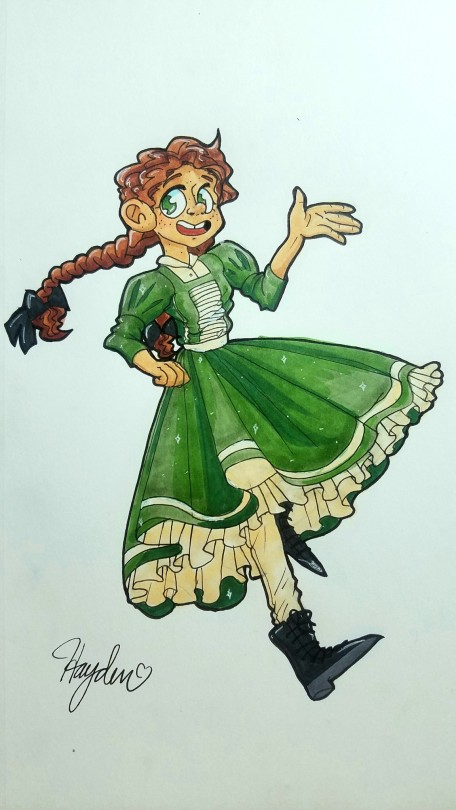Sorry this is so late!
Expressions themselves wouldn’t be any different for people with lazy-eyes. While the muscle inside of the lazy-eye is weak, this shouldn’t effect the mouth, nose, and brow. Try drawing the expression first, and adding the misaligned pupils last!
I think establishing the character with consistency will be the best way to inform the reader where the character is actually looking. Usually the lazy-eye will always be looking in the same direction (although my research suggests they can move over time, this is not fast enough to change between frames). The reader will be able to easy figure out where the dominant eye is looking so long as the lazy-eye is kept consistent. You can remind readers which side is which with asymmetry in the character design (i.e. a half-shaved head, heterochromia, asymmetrical clothing etc.)

Here’s some other ways, besides design, to inform the reader:

A) Shadowing the side of the face with the lazy eye can help draw focus to where the character is looking.
B) Desaturating or darkening the lazy-eye. A lazy-eye is not able to see very well, so it may be true that the pupil is usually very dilated and dark.
C) Good, old-fashioned avoidance, haha. You can always design the character to be self-conscious about their lazy eye, or occasionally throw in a profile shot of their “good eye” to move the scene along.
D) This is a combination of A and B, except the eye if the eye is the dominant eye in the frame.
Sometimes the expression of the character reacting to whatever they’re looking at is more than enough!
Additional ideas for characters with TWO lazy-eyes:
1) Having a character standing next to (or turning around with) your lazy-eyed character to infer to the reader they are looking in the same direction. Even without a second character, you can use curves and body language to infer the direction of the sight.
2) Framing the object in-front of the character (i.e. drawing the character’s back and the scene in front of them)
I feel like there’s a lot of potential in intentionally letting the reader interpret your character for themselves, also. Generally treating their eye an integrated part of the character, rather than a cosmetic design choice, will greatly help readers be mindful of it in the long term!
Have fun!
(With love from Koikro55)
from The Redline Station https://ift.tt/3avRfYz
via IFTTT

No comments:
Post a Comment